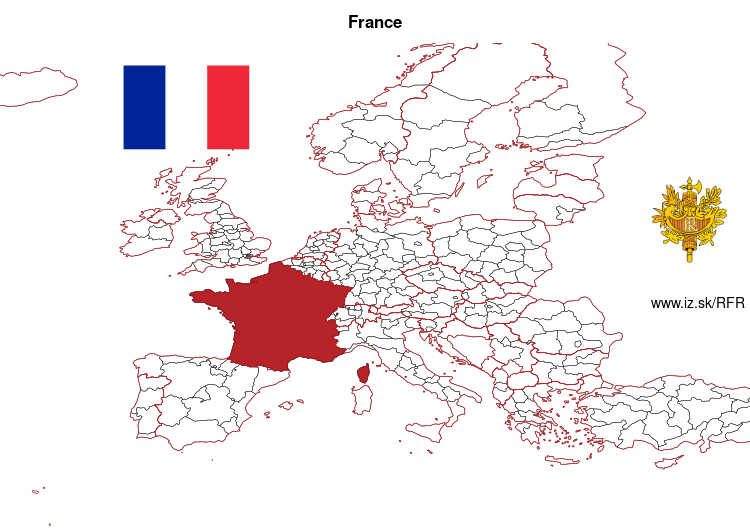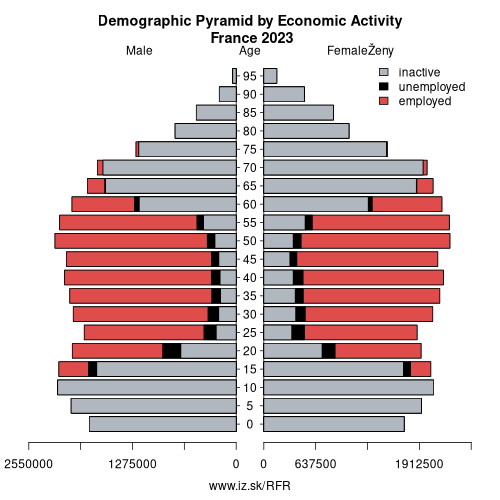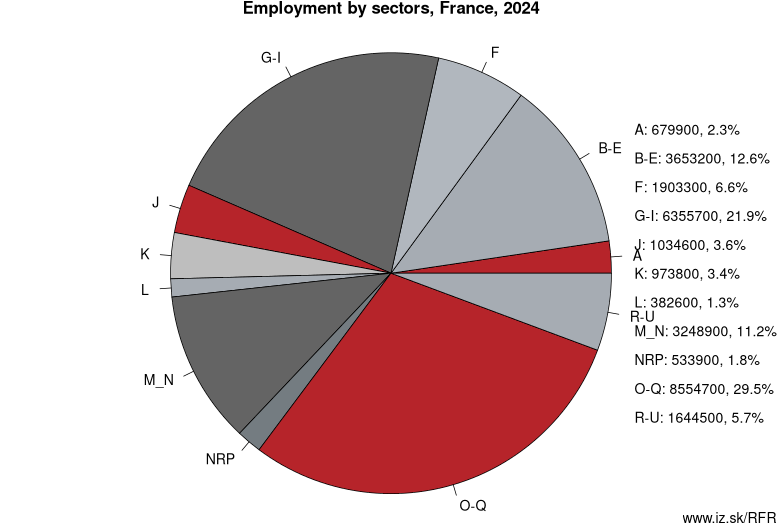- About us»
- Net income calculator»
- Population aging»
-
- Least developed regions»
-
- Average wage
- Material need benefits
- Meal allowance
- Counties of Slovakia
- Inflation
- Living and Subsistence Minimum
- Unemployment of Czechia and Slovakia
- NACE Classification
-
- Life expectancy
- Gender differences
- Youth unemployment and NEET
- Minimum wage in EU
- Unemployment rates of different age groups
- Share of salaries on GDP
- Employment rate
- NEET
- Long term unemployment
- Unemployment rate
- Percentage of employees ususally working at nights
-
- Bratislava and surroundings
- Kopanice
- Danube river
- lower Vah river
- middle Vár river
- upper Nitra river
- lower Nitra river
- Mining cities
- Kysuce a Orava
- upper Vah river - Liptov
- Spiš cities
- upper Hron river
- Juhoslovenská kotlina
- Košice fold and Torysa river
- upper Zemplín
- lower Zemplín
- EU regions
- NUTS3 regions of Slovakia
- LAU1 dataset
-
- Projects and activities
- Inclusive growth»
- Good work
- Project SKRS
- Social system – reality and vision
- Library
-
- Education of unemployed
- Young unemployed not taking part in education
- Proposal to change the system of education funding
- News»
- Contact
France – FR

More on wikipedia wikidata Q142 on OpenStreetMap France slovensky: FR
Subregions: Île-de-France, Centre-Val de Loire, Bourgogne-Franche-Comté, Normandy, Hauts-de-France, Grand Est, Pays de la Loire, Brittany, Nouvelle-Aquitaine, Occitania, Auvergne-Rhône-Alpes, Provence-Alpes-Côte d'Azur, Corsica, overseas department and region of France

Unemployment
| Indicator | Period | Value |
|---|---|---|
| Unemployment | ||
| unemployment rate | 2024 | 7.5 |
| youth unemployment rate | 2024 | 18.7 |
| unemployment rate of low educated people | 2025q3 | 15 |
| Long term unemployment | ||
| long term unemployment | 2025q3 | 1.7 |
| share of long term unemployed | 2025q3 | 21.4 |
Composition of population according to age group, education and economic activity, France
| Age group | Low education | Middle education | High education |
|---|---|---|---|
| Y20-29 | P: 732.6 E: 321.9; U: 129.0; I: 281.7 | P: 3438.1 E: 2130.4; U: 329.8; I: 977.9 | P: 3225.7 E: 2536.2; U: 238.9; I: 450.6 |
| Y30-39 | P: 949.1 E: 555.3; U: 88.5; I: 305.3 | P: 3054.0 E: 2478.6; U: 197.0; I: 378.4 | P: 4019.9 E: 3589.6; U: 177.5; I: 252.8 |
| Y40-49 | P: 1161.9 E: 747.1; U: 95.1; I: 319.7 | P: 3263.6 E: 2709.7; U: 182.1; I: 371.8 | P: 3911.1 E: 3568.6; U: 132.2; I: 210.3 |
| Y50-59 | P: 1765.8 E: 1108.7; U: 103.3; I: 553.8 | P: 3990.2 E: 3203.4; U: 164.6; I: 622.2 | P: 3070.6 E: 2752.5; U: 99.0; I: 219.1 |
| Y60-69 | P: 2425.1 E: 476.7; U: 29.6; I: 1918.8 | P: 3547.6 E: 806.1; U: 59.1; I: 2682.4 | P: 2054.6 E: 747.8; U: 42.0; I: 1264.8 |
Note: in thousands in 2023, according to labour force sample survey. P – total population, E – employed, U – unemployed, I – number of economically inactive
Demographics

| Indicator | Period | Value |
|---|---|---|
| Demographics | ||
| number of inhabitants | 2024 | 68 467 360 |
| population density | 2023 | 107.9 |
| old-age dependency ratio | 2024 | 34.8 |
| Population ageing | ||
| unemployment rate – over 55 years | 2025q3 | 5 |
| aggregate replacement ratio | 2024 | 0.61 |
| aggregate replacement ratio – females | 2024 | 0.59 |
| life expectancy of a 50 year old | 2023 | 34.8 |
| healty life expectancy at 50 years | 2023 | 20.5 |

Employment by sectors, France
| NACE r2 | % | NACE r2 | % | ||
|---|---|---|---|---|---|
| A | 679.9 | 2% | B-E | 3653.2 | 13% |
| F | 1903.3 | 7% | G-I | 6355.7 | 22% |
| J | 1034.6 | 4% | K | 973.8 | 3% |
| L | 382.6 | 1% | M_N | 3248.9 | 11% |
| NRP | 533.9 | 2% | O-Q | 8554.7 | 30% |
| R-U | 1644.5 | 6% | TOTAL | 28 965 | 100% |
Data for the period year 2024. Source of the data is Eurostat, table [lfst_r_lfe2en2].

France (French: [fʁɑ̃s] (listen)), officially the French Republic (French: République française, pronounced [ʁepyblik fʁɑ̃sɛːz] (listen)), is a country whose territory consists of metropolitan France in Western Europe and several overseas regions and territories. The metropolitan area of France extends from the Mediterranean Sea to the English Channel and the North Sea, and from the Rhine to the Atlantic Ocean. It is bordered by Belgium, Luxembourg and Germany to the northeast, Switzerland and Italy to the east, and Andorra and Spain to the south. The overseas territories include French Guiana in South America and several islands in the Atlantic, Pacific and Indian oceans. The country's 18 integral regions (five of which are situated overseas) span a combined area of 643,801 square kilometres (248,573 sq mi) and a total population of 67.02 million (as of July 2019). France is a unitary semi-presidential republic with its capital in Paris, the country's largest city and main cultural and commercial centre. Other major urban areas include Lyon, Marseille, Toulouse, Bordeaux, Lille and Nice.
During the Iron Age, what is now metropolitan France was inhabited by the Gauls, a Celtic people. Rome annexed the area in 51 BC, holding it until the arrival of Germanic Franks in 476, who formed the Kingdom of Francia. The Treaty of Verdun of 843 partitioned Francia into East Francia, Middle Francia and West Francia.
Neighbours: Italy, Germany, Luxembourg, Spain, Switzerland, Belgium
Subregions: Île-de-France, Centre-Val de Loire, Bourgogne-Franche-Comté, Normandy, Hauts-de-France, Grand Est, Pays de la Loire, Brittany, Nouvelle-Aquitaine, Occitania, Auvergne-Rhône-Alpes, Provence-Alpes-Côte d'Azur, Corsica, overseas department and region of France
Suggested citation: Michal Páleník: Europe and its regions in numbers - France – FR, IZ Bratislava, retrieved from: https://www.iz.sk/PFR, ISBN: 978-80-970204-9-1, DOI:10.5281/zenodo.10200164

 Share
Share Facebook
Facebook Twitter
Twitter News
News